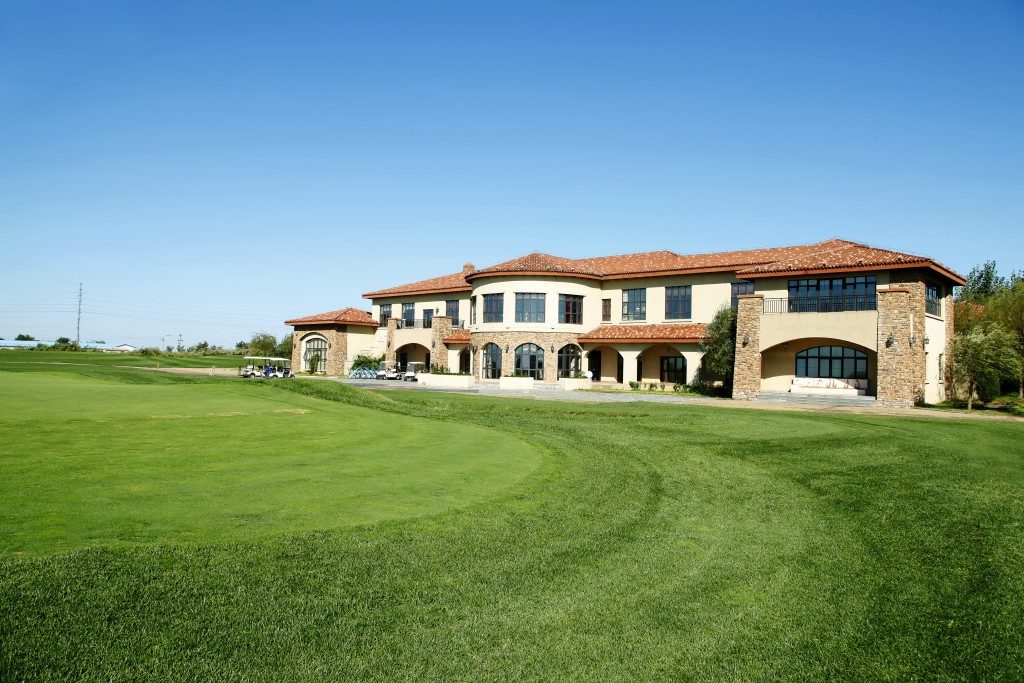Golf was a widely used business tool back in its heyday. Country clubs were witnesses to plenty of transactions because executives commonly closed deals and acquired new partners over a game of golf.
The popularity of the sport led to the development of golf course communities. A golf course real estate appeals to high net-worth individuals looking for a vacation or retirement house. And when the sport became available to the middle class in the 1950s and 1960s, developers started creating golf course communities for these players.
During the boom of the golf course development in the '90s, 60 percent of these were tied to residential real estate properties.
But multiple studies point to the impending demise of the once-loved sport. Many economists believe that the industry needs fresh ideas to stay afloat. And this concern also threatens golfing communities.
So what does the future look like for golf course communities?
Remains Attractive to Potential Buyers
A study by the Florida Atlantic University reports that although golf courses are facing an uncertain future, adjacent homes continue to rise in value and attract potential buyers. The researchers based this claim on more than 10,000 transactions from properties in Broward, Miami-Dade, and Palm Beach counties that sold in 2015.
Having an adjacent golf course to a residential property increases the latter’s value between 8 to 12 percent, according to the study. The researchers concluded that golf courses maintain their positive appeal to interested buyers.
But with 205 golf courses closing shop in 2018, the future of the industry still looks bleak. Some golf properties that remain in operation are declining into a state of repair, which can impact the value of adjacent residential real estate.

Many property owners and developers are contemplating whether to convert golf courses to residential developments or to keep them as golfing communities. But for those planning on keeping their golf courses, they have to restructure their operations to stay relevant today. Especially since the changing times are ushering in a new breed of consumers and would-be golfers: the millennials.
Adapting for the Younger Demographic
This may prove as a challenge since many studies have already established millennials don’t like golf. Golf only became available to the masses between the '50s and '60s, so most of its supporters back then are now baby boomers. As this demographic ages, the younger population must pick up their clubs to keep the golf industry alive. But they aren’t doing it.
The Generation Y isn’t interested in what is perceived to be an expensive sport; golf connotes exclusivity and affluence, which is the opposite of the experience-over-luxury mindset of millennials.
As such, country clubs are restructuring their business models to cater to millennials. For one, they toned down their image to attract this demographic. For example, some country club restaurants in Grove, Oklahoma have adopted a more casual and warm ambience instead of a posh environment since millennials aren’t keen on luxury.
Golf courses also now have more relaxed dress codes and more affordable membership rates. Some remove initiation fees, others break it down into installments or offer a one-year trial membership.
Since millennials are huge fitness buffs, country clubs have also provided spaces where they can engage in more physical activities, such as gyms, running tracks, and others.

Catering to a younger demographic and remaining attractive to potential buyers show a lot of promise for the golf industry. But it’s up to country club owners and golf community developers to make the necessary changes, no matter how drastic, to ensure that they’ll get back on the upswing.




